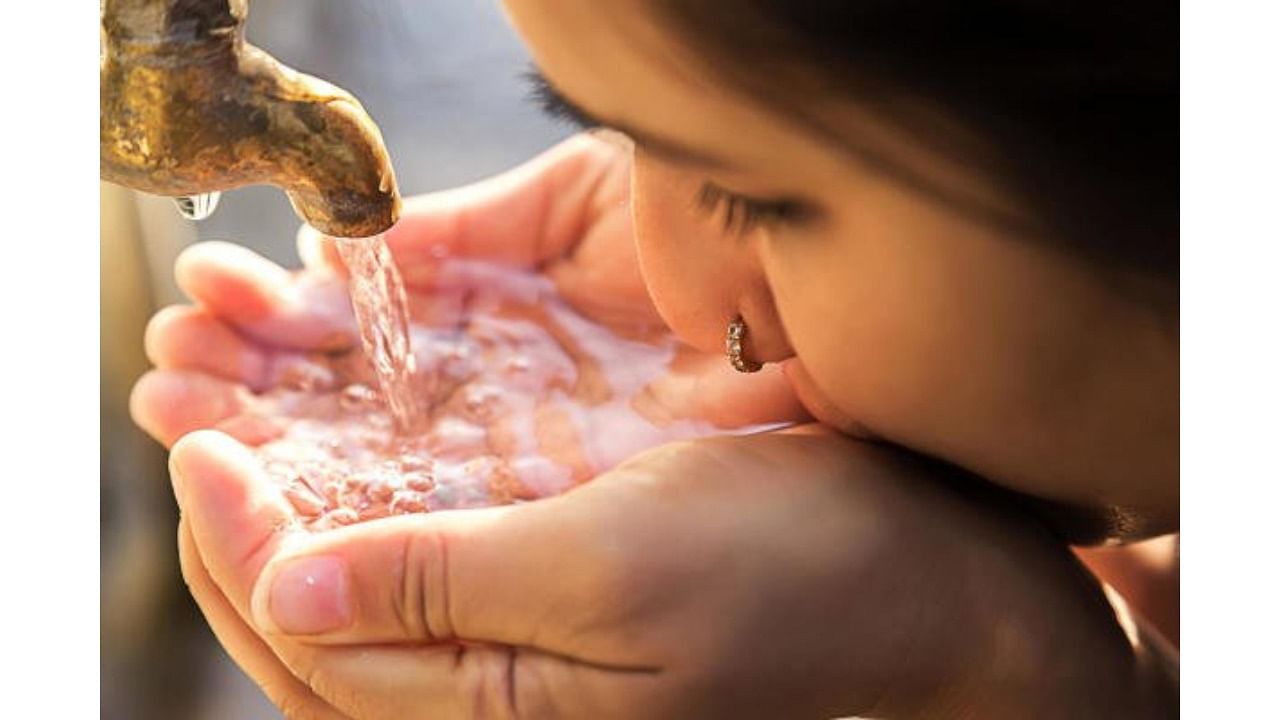
The Jal Shakti Ministry on Wednesday said it has decided to use sensor-based Internet of Things (IoT) devices to effectively monitor the implementation of Jal Jeevan Mission (JJM) in more than six lakh villages.
The National Jal Jeevan Mission in collaboration with Tata Community Initiatives Trust (TCIT) and Tata Trusts recently completed pilot projects in several remote villages of Uttarakhand, Rajasthan, Gujarat, Maharashtra and Himachal Pradesh, it said in a statement.
A key feature of these pilots has been the use of frugal yet sturdy sensors, which makes the solution scalable and sustainable.
One of the key challenges posed to the team was to develop a robust solution at a fraction of the water infrastructure costs without compromising on quality or functionality. These costs are expected to reduce further at scale.
The IoT-based remote monitoring provides near real-time information without any manual intervention by using sensors. This would not only allow effective monitoring and management on-ground, but also enable real-time visibility to state water supply officials and citizens.
Real-time measurement and monitoring is critical for rural drinking water supply schemes, with enormous gains in terms of operational efficiencies, cost reduction, grievance redressal.
The data will drive improvement in service delivery and instil transparency for precious natural asset such as water. Thus, making a strong social and economic case for deployment of such a system, it said.
The Jal Jeevan Mission (JJM), a flagship programme of the Centre, is being implemented in partnership with states and union territories to provide tap water connection to every rural household by 2024.
The cloud and analytics powered IoT platform is integrated with a Geographical Information System (GIS) providing a robust decision support system.
Several types of sensors have been deployed including flow meters, ground water level sensors, chlorine analysers, pressure sensors, pump controller to measure all the relevant aspects of water service delivery -- quantity, duration, quality, pressure, and sustainability -- in addition to providing operational efficiencies.
"The pilots have led to several outcomes as it has helped identify distribution issues such as outages, leakages, low pressure and led to resolution across sites,” it said.
It recently alerted both officials and community regarding fast depleting groundwater levels that led the villagers to build a source strengthening structure to recharge their borewell.
Other benefits observed include efficient and responsible use of water by community and reduced cost of operations through data-enabled leak detection, predictive maintenance, and automation, the statement said.
It added that villages have a small TV screen installed with a visual dashboard in the local regional language that helps the Village Water Sanitation Committee (VWSC)/ Pani Samiti take corrective actions.
Earlier, water disinfection process was not carried out regularly in some of these villages. Now, village-level committees see a visual indicator on their village IoT screen telling them when to disinfect water based on residual chlorine levels.